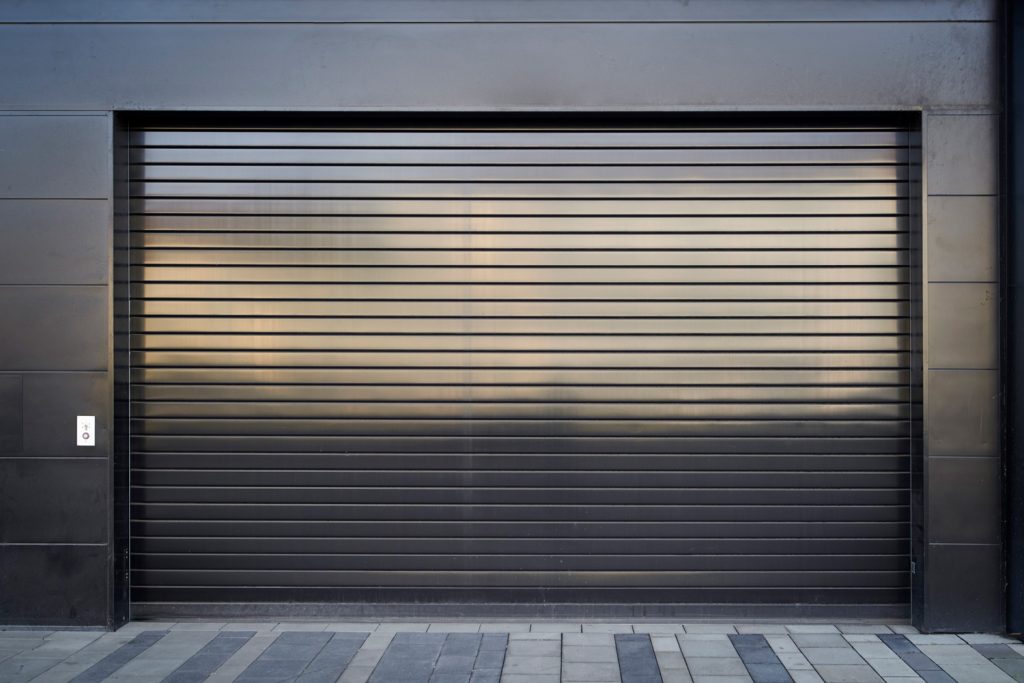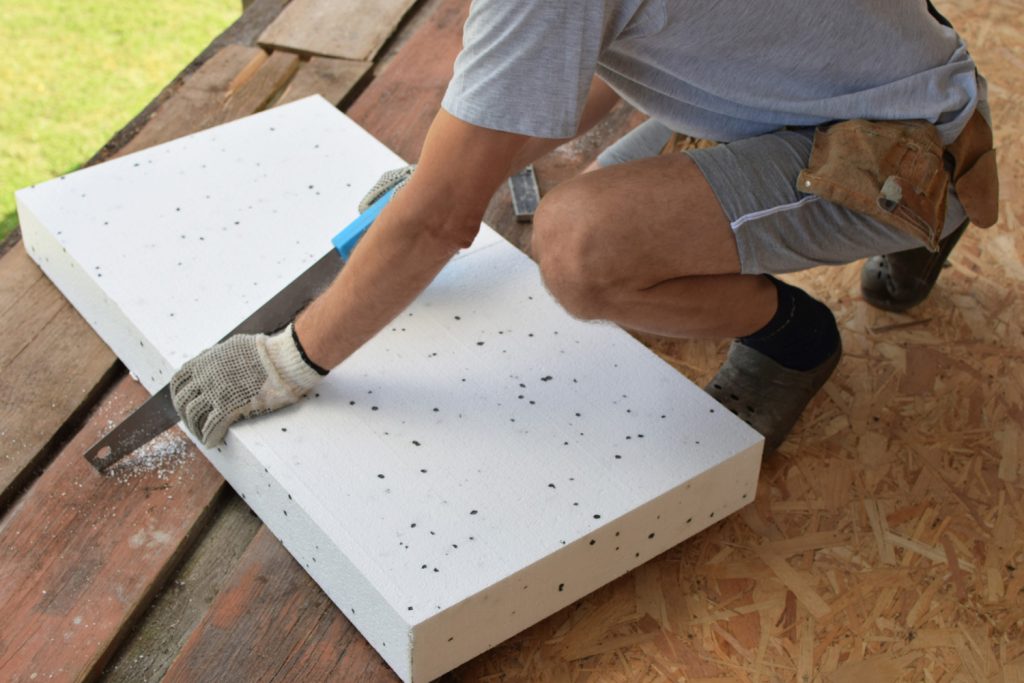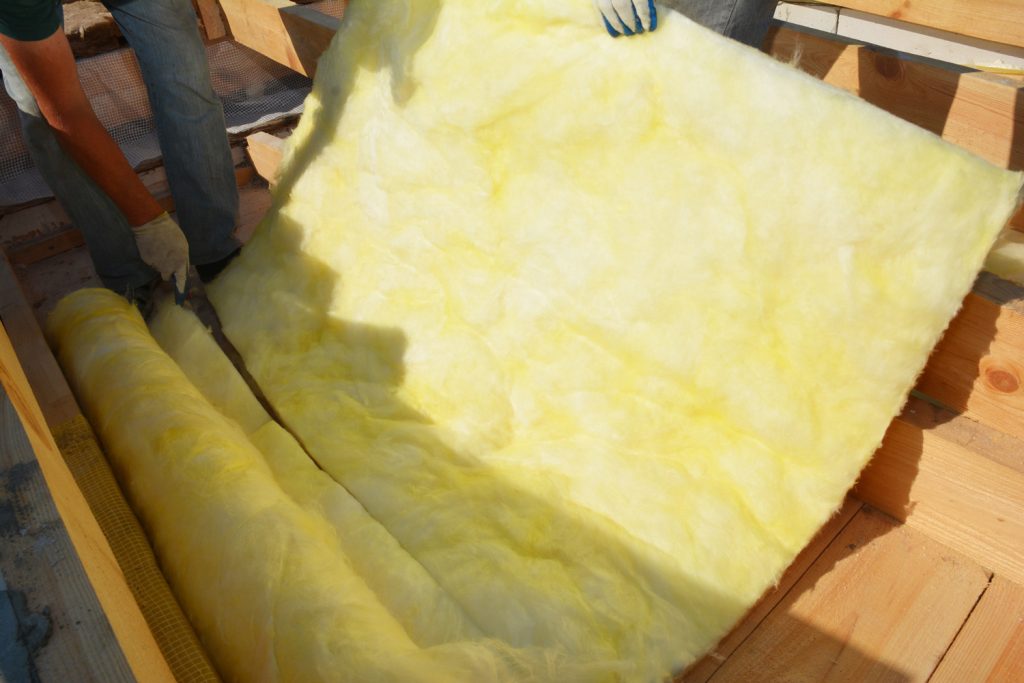Homeowners are always looking for ways to cut down on their utility bills whenever possible. And with how energy costs tend to fluctuate upwards, most would turn their attention towards a constant source of energy loss, the garage. So, we asked professionals how you can insulate a metal garage door. Here's the story:
Most experts recommend buying a garage door insulation kit. It comes with everything that you need and is not that expensive as well, costing around $60.
Whether you use a kit or not, follow these steps:
- Clean the garage door.
- Measure the width and height of each door panel.
- Apply the adhesive to the door panels.
- Slice the insulation material to the size of the door panels.
- Attach the material to the adhesive.
- Secure everything in place with a fastener or aluminum foil tape.
In this article, we will further explain each step in detail. Additionally, we will also discuss whether it's necessary to insulate a garage door. Please continue reading further to find out more.

How To Insulate A Garage Door

In this discussion, we will discuss the necessary steps to insulating a garage door. Take note that metal garage doors are difficult to adhere to so you might need a sealing foam. Also, call a professional if you have a roll-up garage door as they are much trickier to insulate and require expert advice.
Clean The Garage Door
Keep the garage door as clean as possible. Remove any dust or dirt from the surface and hinges.
In doing so, it helps the insulation adhere better to a metal surface. Additionally, do this in hot, dry weather. This will help dry the garage door.
Properly Measure The Door Panels
Measure the length and width of each, nothing the size each time. This is to ensure that you cut the correct dimensions out of the insulation material for later.
Additionally, mark the door panels. This helps in remembering which sizes belong to which.
Cut The Insulation Material
With the sizes taken from earlier as a reference, cut the insulation as needed. Make sure that the material you have has a high R-value.
Additionally, it's best to use one with an aluminum foil. This helps heat retention during the winter and reflects heat during the summer.
Apply The Adhesive
Remember to only apply the adhesive one door panel at a time. This is to prevent the adhesive coating from drying while you work on other parts.
Additionally, if you're using a garage door insulation kit, apply the retaining pins within a measured distance. This is to ensure equal coverage for the insulation.
Attach The Insulation
Carefully attach the insulation materials to the door panels. Do this step slowly to ensure that each one is in place properly. If you're using retainer pins, make sure to cut out holes for them to go through.
Also, most garage doors have railings that come with them. Use those as natural frames for the project. And remember to keep the foil part facing towards you.
Secure Everything In Place
With the use of a fastener, secure everything in place. This is an added measure to prevent the insulation from falling off. Additionally, you can use aluminum foil tape or sealing foam to help secure the edges.
Check this aluminum foil tape on Amazon.
Is It Necessary To Insulate Garage Doors?

While the garage is a constant source of energy loss in most homes, insulation isn't always the answer. If the garage is not connected to any part of the house, then it's not necessary to add any insulation.
But if the garage is frequently used or, if it's attached to the house, then insulating the garage doors is a must. This would serve as protection from the heat, cold, and noise.
First, evaluate whether or not insulating the garage at home is worth it. Frequently using the garage door exposes the inside to the air outside. Thereby, the materials spent on insulating the garage door will cost more than the savings gained from energy retention, and in most cases, it would have been better not to insulate it at all.
Benefits Of Insulating Garage Doors
Garage doors, especially those made of metal, are poor insulators when it comes to the heat and cold. And as discussed earlier, the purpose of insulating the garage doors is to prevent energy loss. This helps cut down on heating and cooling costs.
Additionally, most garage doors are quite thin, leading to noise pollution from the outside. Adding a layer of insulation not only helps regulate the temperature inside the house but helps dampen noises from outside.
Adding insulation to the garage doors lessens the burden on the HVAC system at home and provides another space inside the house where one can relax in. It makes the garage a comfortable place to work in.
So if the garage is connected to a living space, consider insulating the garage doors. It helps keep the house warm in the winter and cool in the summer while preventing unwanted noises.
Garage Door Insulation And Thermal Resistance

We talked about how metal garage doors offer little resistance to the heat and cold previously. And adding insulation helps combat the outside temperatures. However, not all insulations work best for different kinds of garage doors.
Learning which insulation works best is important. And as such, one must be aware of how well the insulation material can reduce heat and prevent cold transfer. This is called thermal resistance, better known as "R-value" by professionals in the field.
The higher the R-value, the better its insulation properties are. And a few points to remember are:
- The R-value is directly proportional to the thickness of the insulation. The thicker it is, the higher the number will be and vice-versa.
- Insulation that gets soaked or compressed down in size would have a reduced R-value. Additionally, keeping it dry and adding extra layers would help increase the R-value.
- Even if the material used in insulation has a high R-value, frequent use of the garage will make it irrelevant. That's because the outside air flows in without any hindrance each time the garage door opens.
Garage Door Insulation Kit
Most professionals would agree that buying an insulation kit is the easiest way to insulate a garage door. Usually, garage door insulation kits start at around $50 but go up to around $70 the more supplies and materials are included. As such, it's a relatively hassle-free way for starting a project at home as it saves one a trip to the store.
Additionally, many of these same professionals agree that the retainer pins that come with the kit are the main selling point. These pins are specifically designed to adhere to almost any surface. They help keep the insulation in place so that it won't fall off when the garage door is being used.
Not only that, metal garage doors are notorious for being hard to work with because not many stick to them. So, using an insulation kit with pins is a great start to any garage door project.
However, there are other types of insulations available out there if one wants to skip out on buying the kit. And so, we'll be discussing next which insulations are best suited for a garage door.
Check this garage door insulation kit on Amazon.
Types Of Insulation For Garage Doors
There are many types of insulation on sale at your local hardware store. However, we will only talk about two of them as they are primarily used for insulating garage doors.
Rigid Foam Insulation

This type of insulation usually comes in foil-faced panels. Then, you would need to measure and cut each one to fit the panels of your garage door.
Use foam boards that are resistant to fire. Those without this quality can result in a fire accident.
Additionally, get foam boards that fit snugly into the channels of your garage doors. If necessary, you can buy sealing foam to help adhere the boards to your garage door. Make sure to double-check the compatibility, though, as some adhesives can melt foam boards.
Batt Insulation
This type of insulation comes in either strips or rolls. Garage door insulation kits usually come with this material.
One advantage of using batt insulation over foam boards is its flexibility. Additionally, they are cheaper and more readily available than foam boards.
However, batt insulation found in stores is too thick for most garage doors. As such, one would need to compress them but in doing so, which reduces their R-value.

Conclusion
Garage door insulation helps cut down bills by preventing energy loss. However, it is important to remember that not all garage doors need insulation. By doing so, you prevent wasting time and energy doing an unnecessary project at home.
If you enjoy reading this article, make sure to check the links below for more information.


